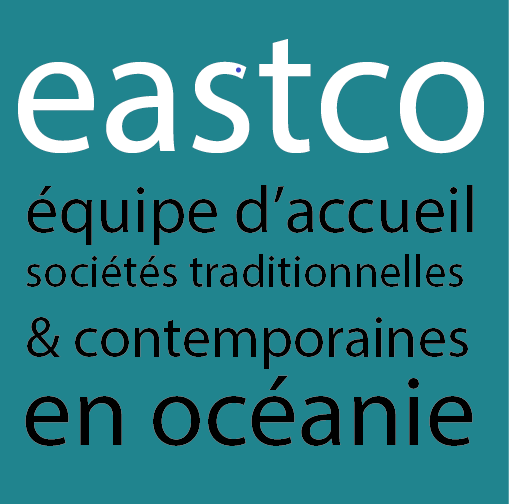Content and Language and Integrated Learning: What might general pedagogy learn from CLIL as it moves from being a “niche innovation” in foreign language teaching
Session plénière
Date : 28/04/2021
Zoom : Zoom 1
Conférenciers
Since being identified as a key strategy in the European Commission’s Action Plan for Promoting Language Learning and Linguistic Diversity 2004-2006, the global spread of Content and Language Integrated Learning (CLIL) has proliferated rapidly in the last 10-15 years for the teaching and learning of foreign languages. In Australia, for example, Coyle’s (2007; Coyle, Hood, & Marsh, 2010) model has been especially influential for enabling teachers of Languages to understand, identify, and plan for the learning demands that arise when language/content are brought together as simultaneous dual-teaching goals, such as learning a new scientific concept through Japanese or Italian, for non-background speakers of these languages. CLIL continues to attract strong interest for its capacity to support innovative ways to engage students and deliver high quality language programs. However, this presentation argues for the potential of CLIL beyond Languages, and what else we might learn from a dual-focused approach to languages/content for general pedagogy. In particular, I focus on its potential contributions for better understanding the relationship between language, thinking, and learning (with particular attention to dialogic teaching); understanding and positioning all learning (and learners) as ‘risk-taking’; and implications for engaging with and supporting cultural and linguistic diversity across the curriculum.
Sur la même thématique

